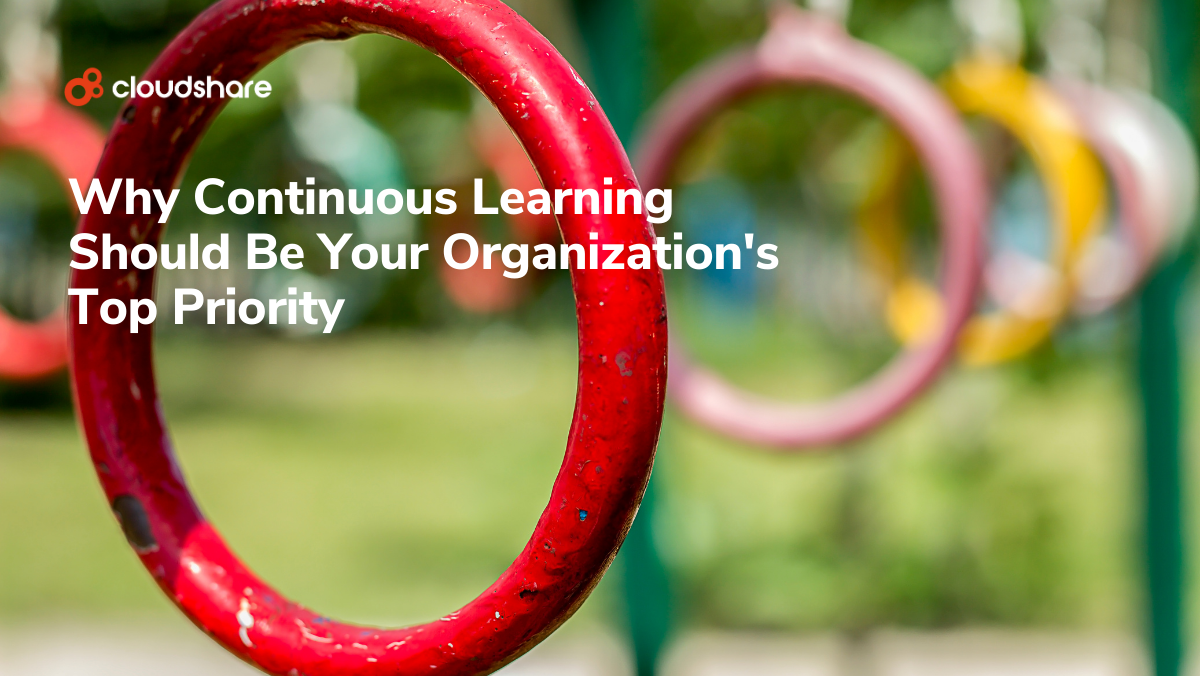
“You can’t manage what you don’t measure.” It’s one of the most famous pieces of business advice of all time. Sure, it’s a generalization. But defining success — and identifying opportunities to improve — depends on assessment. Employee training, like customer and partner education, is a data-driven pursuit.
Without the right metrics, you’ve no idea whether your training is effective, nor can you identify the aspects or elements that don’t work. But how do you know which metrics are the right ones?
The short answer? It depends on your organization. Every training program will have different KPIs.
Here are 20 learning and development statistics you can apply to your employee training initiatives.
Experience
This first set of L&D statistics will help you gauge the engagement and satisfaction of employees with your training. This will help you identify and address usability bottlenecks and issues with content and instructors.
Satisfaction Score
This measures how your employees feel about your training by asking them to rate how well it met their expectations on a scale of one to five.
Content Relevance
This metric asks employees to rate how applicable a piece of training content is to their day-to-day jobs, again on a scale of one to five.
Delivery
Depending on whether your training is self-paced or instructor-led, this metric may take one of two forms:
- On a scale of one to five, how effective was the instructor?
- On a scale of one to five, how effectively do you feel the training was delivered?
Net Promoter Score
Similar to the satisfaction score, the Net Promoter Score (NPS) asks trainees how likely they are on a scale of one to ten to recommend your training to a colleague.
Course Completion Rate
A program’s course completion rate expresses how many employees completed your training program as a percentage of total signups. Combining this metric with information on when and where people dropped off can help you identify and eliminate quit points.
Participation Rate
The participation rate for a training program measures the percentage of eligible employees who have signed up and are actively engaged with your training. A low participation rate could be due to communication issues or a lack of incentives and relevance.
General Feedback
While not strictly a metric, it’s still valuable to ask employees what they think of your training. Potential questions might include:
- Was there anything you felt the training was missing?
- What do you feel the training did well?
- Is there anything you’d like to add?
Effectiveness
These next employee development statistics assess how effectively your training teaches people what they need to know.
Retention Rate
How well do employees remember the training after they’ve completed it? This is typically measured through post-training assessments or quizzes.
Skill Proficiency
Closely related to retention rate, this metric provides a snapshot of how effective your training was at teaching new skills to participants. It can be measured either through direct observation or via a skill assessment.
Time to Competency
Also known as time to proficiency, this metric evaluates how efficiently your training confers new knowledge or skills.
Training-to-Task Mastery Transfer
While retention rate and skill proficiency measure learning, this metric focuses on practical application. It measures how effectively an employee can apply the knowledge and skills gained from training to real-world scenarios.
Performance Metrics
This isn’t a single metric but a set of KPIs that measure how your training impacted an employee’s job performance. They may include:
- Helpdesk resolutions
- Project completion rate
- Sales numbers
- Average deal size
- Software utilization
- Productivity
Internal Mobility Metrics
These metrics assess how employees move to new roles within your company. Ideally, after implementing an employee training program, you’ll want to see an increase in:
- Employee promotions
- Lateral hires
- Filled job vacancies
- Overall employee satisfaction
Results
The last set of metrics assesses how well your training achieved its objective based on spending.
Cost
This one’s straightforward but can be broken down in a few different ways:
- Cost per employee
- Cost per learning hour
- Cost vs. revenue
Training Budget Utilization
How much of your training budget was directed toward this specific training program? Measuring this metric can help you determine where and how to direct your spending moving forward.
Employee Retention
You can calculate your employee retention rate by dividing the number of employees at the end of a specific timeframe by the number of employees at the beginning. Ideally, you’ll want your training to increase your retention rate.
Customer Satisfaction Metrics
As the name suggests, these metrics assess customers’ satisfaction with your company’s products or services. Examples include:
- Customer Satisfaction (CSAT)
- Net Promoter Score (NPS)
- Customer Effort Score (CES)
- Customer Retention Rate
- Customer Lifetime Value (CLV)
Return on Investment
Arguably one of the most important employee training metrics, ROI measures the overall financial gain from training against its cost. It can be complicated to calculate, as the value of training doesn’t always clearly translate to dollars.
Product Metrics
Another way to measure the return on your training is to examine its impact on product development and management. For example, you may see a shorter time to market for updates and new releases or increased product quality.
Revenue Growth
Although not technically an employee training metric, it’s still possible to link revenue growth to your training program by combining the following:
- Revenue per employee
- Customer acquisition cost (CAC)
- Customer lifetime value
- Conversion rate
Next Steps: Create More Effective Employee Training
Now that you’re armed with a set of metrics for demonstrating the value of corporate training, let’s talk about how you can develop a program that really drives home that value.
Here are a few resources to help you get started:
- How Can You Create An Effective Employee Virtual Training Program
- 7 Key Benefits of Training Software for Employee Development
- Top 5 Benefits of Developing Hands-On Methods for Employee Training Programs




